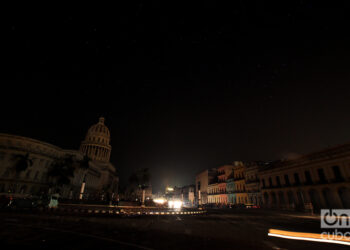Crossing the sea while seated comfortably in a train car, knowing that the train will advance first over the narrow ridge of a coral mountain and then ride over the waters—it sounds like the stuff of fairies. But fairies don’t exist, and the xperts say that only a man like the multimillionaire Henry Flagler could have created a company like his, which extended the railroad to Miami and from there took it from islet to islet and finally to Key West to connect it with Cuba, the rest of the Caribbean, and the Panama Canal. Goods and passengers embarked in New York by train, taking two days to reach Key West, where a service of enormous ferry boats transported them on a 10-hour trip aboard the railroad cars that would later roll on to Santiago de Cuba, in the eastern region of the island.
This route was known as the Havana Special, and it also made it possible for Cuba to benefit from the new logistics, reasserting its status as a major supplier for the North American market.
Thanks to that itinerary, thousands of U.S. tourists arrived in the Cuban capital year after year. And just for them, Constantino Ribalaigua, the owner of the El Floridita bar and king of the Cuban bartenders, created the Havana Special cocktail, one of 10 great local cocktails, although not as well known as the daiquiri, mulatta, presidente or mojito.
The iron road was forged with steel and cement from Germany and Cuban lumber. It took seven years of immense labor. For long periods, up to 4,000 men worked there at a time. Three hurricanes—one of which left 200 workers dead—slowed construction.
But hurricanes were not the only obstacle. The first engineer who took on the project went mad on the reefs, and the one who followed him and completed the task was never able to work in his field again. In any case, on January 22, 1912, when the first train from Miami arrived at Key West, Flagler’s dream came true, and that same day, he set out for Havana to promote his route through the Keys. Twenty-three years later, on September 2, 1935, a category five hurricane partially destroyed the railway infrastructure.
The owners of the Havana Special sold what was left to the state of Florida. Upon those ruins, a network of highways was built that has connected the Florida Keys to each other and to the peninsula since 1938. After that, the ferry boats no longer transported railroad cars. They followed their normal travel and freight lines and provided passengers from both sides of the Strait with the opportunity of visiting the other shores with their own automobiles.
The Key West ferry service was suspended after 1959. Today, the Havana Special is just the cocktail created by Constantino Ribalaigua, and in Key West, a bust of Flagler stands to commemorate the history of his famous railway.







